House, Senate differ in initial approach to solving transportation funding question
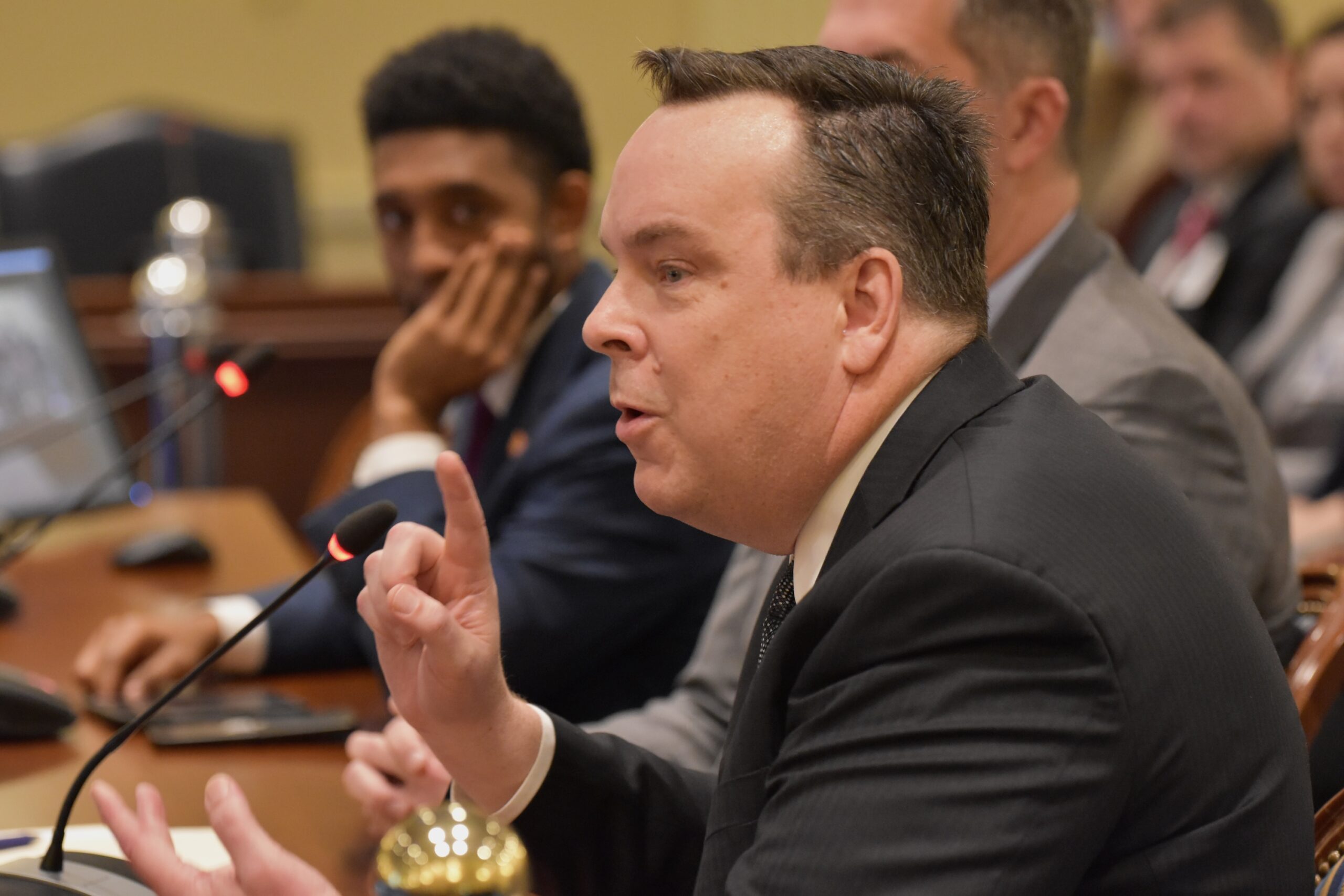
House and Senate leaders appear to be on opposite sides of the road when it comes to solving the problem of how to fund transportation projects in Maryland.
Maryland faces a funding deficit of more than $3 billion over the next six years. An expected infusion of $150 million, while welcome, is viewed as a small bandage on a gaping wound.
“We should solve the problem in this session this year and not leave the uncertainty sitting out there and resolve what are really important Transportation Trust Fund shortfalls and needs,” said House Appropriations Chair Del. Ben Barnes (D-Prince George’s and Anne Arundel).
Maryland is facing a series of fiscal problems including how to pay for road and transit projects. State and local leaders find it harder to keep up with the cost of basic maintenance. Little is left to pay for extras such as a Red Line east-west transit project in Baltimore or congestion relief efforts on the Maryland portion of the Capital Beltway.
Long-term, the state will need to modernize its approach to how it pays for transportation projects. The current system, built on gas and vehicle taxes and other fees, is not keeping up with demand and inflationary pressures.
The Transportation Revenue and Infrastructure Needs Commission is tasked with recommending changes to how the state pays for future transportation needs. Its final report is due at the end of this year.
Resolving the problem will take time, said Senate President Bill Ferguson (D-Baltimore).
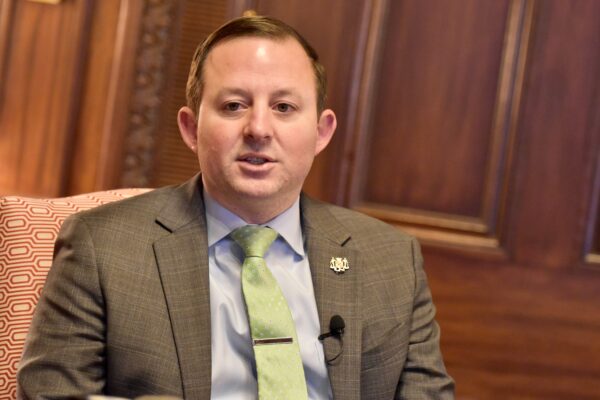
Senate President Bill Ferguson (D-Baltimore). Photo by Bryan P. Sears.
“That’s not going to happen this session, but we have to really discuss it,” Ferguson said. “If we want to expand the system, if we want to invest in greater transportation options in the state of Maryland be it from the airport to roads and bridges to transit, we have to find the money. That’s not an easy conversation. It’s going to take a lot of detailed work to make sure we’re doing it appropriately and thoughtfully. It’s going to take the next 12 months to figure that out.”
In December, Transportation Secretary Paul Wiedefeld announced $3.3 billion in cuts to transportation spending over the next six-years, a period covered by the agency’s Consolidated Transportation Plan.
The announcement meant the cancellation of major projects in every political subdivision in the state. It also meant a reduction in state aid to local governments that already had been slashed more than a decade ago as the state tried to balance its budget during the Great Recession.
“We are upside down on managing local roads,” Michael Sanderson, executive director of the Maryland Association of Counties, said Tuesday during testimony before the House Appropriations Committee. These cuts make it worse, but we are already circling the drain on this.”
Baltimore County Executive Johnny Olszewski (D) said his jurisdiction needs more money to pay for basic road maintenance and new projects including the potential expansion of the Red Line into eastern and western Baltimore County.
“One time funding means that we’re back to square one again next year,” said Olszewski, who is also president of the association of counties. “So, while appreciated and helpful, we do want to sort of work with all of you to make sure we’re thinking about those long term, sustainable solutions so that we’re not back at the conversation about the department having to offer additional cuts, reductions and commuter bus service, local transit systems or other desperately needed projects. So the bottom line is the cutbacks mean lost service down the road, but not very far down it.”
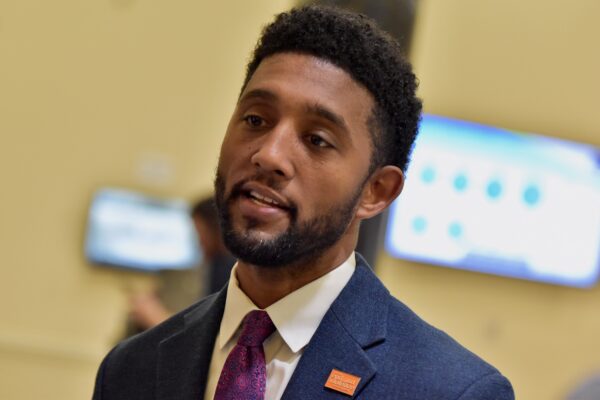
Baltimore City Mayor Brandon Scott (D).Photo by Bryan P. Sears.
Baltimore Mayor Brandon Scott said he “cannot plan for future years without assurances of funding.”
The city will disproportionately feel the pain of the proposed cuts.
As part of billions in cuts that Gov. Wes Moore (D) and transit officials announced, Baltimore would lose nearly $33 million in Highway User Revenues, a decrease of about 14%.
The state’s 23 counties and nearly 160 small, incorporated subdivisions combined will see a cut totaling more than $19.7 million.
Baltimore will also see a 3% reduction in funding earmarked for the locally operated Charm City Circulator.
“There have been instances before where it has been easy to balance the budget on the back of Baltimoreans,” said Scott. “We know that previous administrations took that route, but we don’t have to take that route again. But I know that you know, and Governor Moore knows that as Baltimore goes so does the state of Maryland. We have the opportunity, a responsibility, to chart a different course and stop the legacy of putting the burden of budget cuts on the back of our most vulnerable residents.”
Sanderson and other county leaders applauded an announcement by Wiedefeld and Gov. Wes Moore (D) that grants a one-year reprieve.
Moore is expected Wednesday to deliver a budget to lawmakers that pumps $150 million in cash into the Transportation Trust Fund.
The infusion offsets the December plan to reduce transportation spending by $184 million in fiscal 2025.
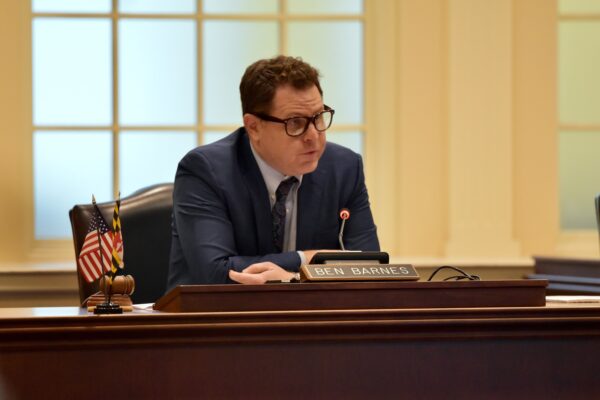
House Appropriations Chair Del. Ben Barnes (D-Prince George’s and Anne Arundel). Photo by Bryan P. Sears.
Barnes said the use of cash “probably not sustainable long term.” Still, he and others said they backed the move for one year.
“Every dollar restored is going to make a difference in people’s lives,” said Barnes. “It doesn’t solve our long-term problems. We’re going to be back here next year unless we get serious about it.”
Most important to local governments would be the full restoration of proposed cuts to Highway User Revenue and aid for locally operated transit systems, totaling $52 million and $28 million, respectively.
“This is the right solution for this year but all of these places that are being backfilled I believe are really ongoing costs,” said Ferguson. “There is an ongoing question. This is the right way to approach it this year — let’s use the rainy day fund for a one-time expenditure for this year because we know over the next 12 months, we have to have a robust conversation over how we fund and what we want to fund in transportation moving forward.”
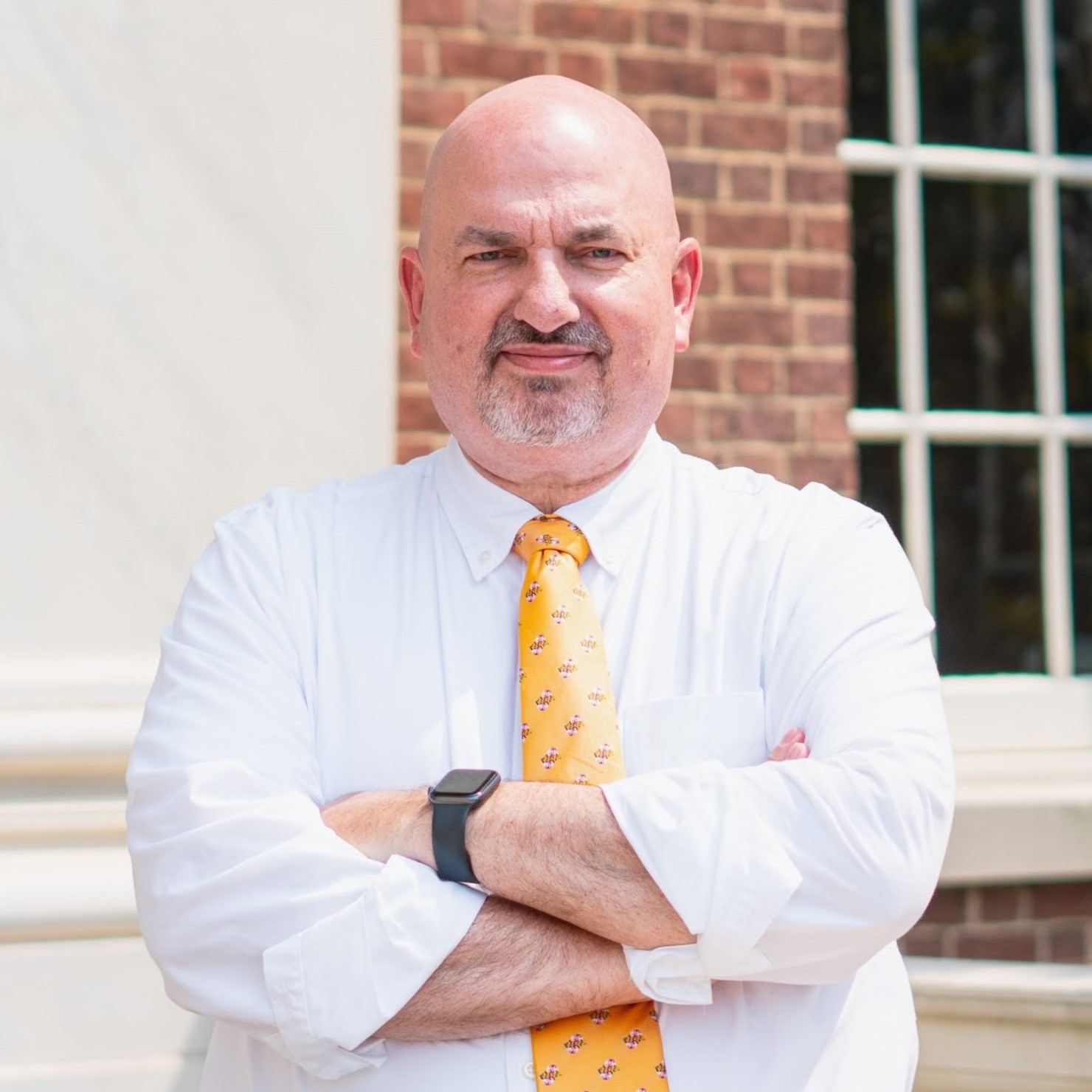


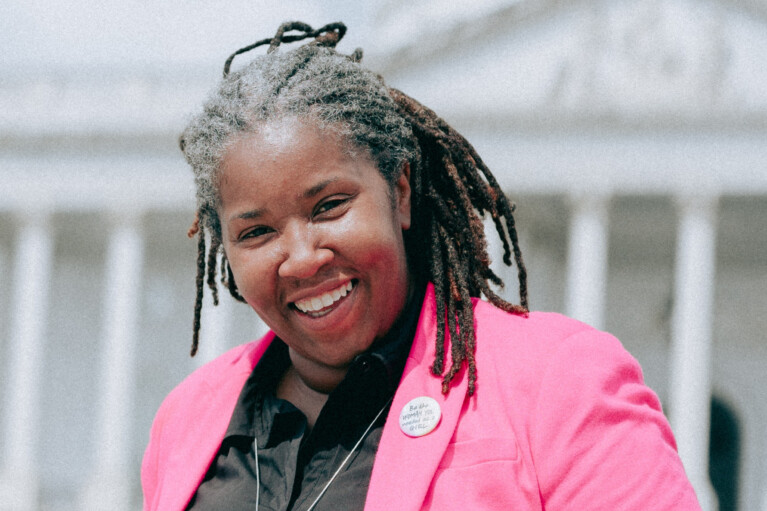
 Creative Commons Attribution
Creative Commons Attribution